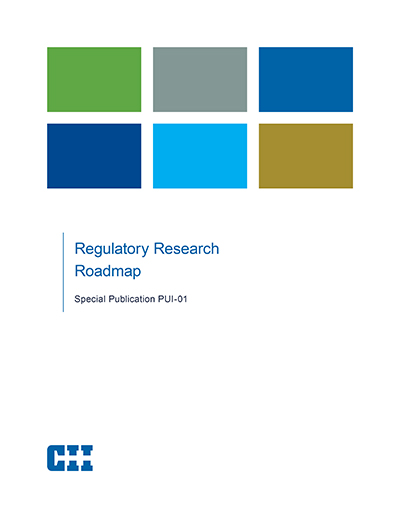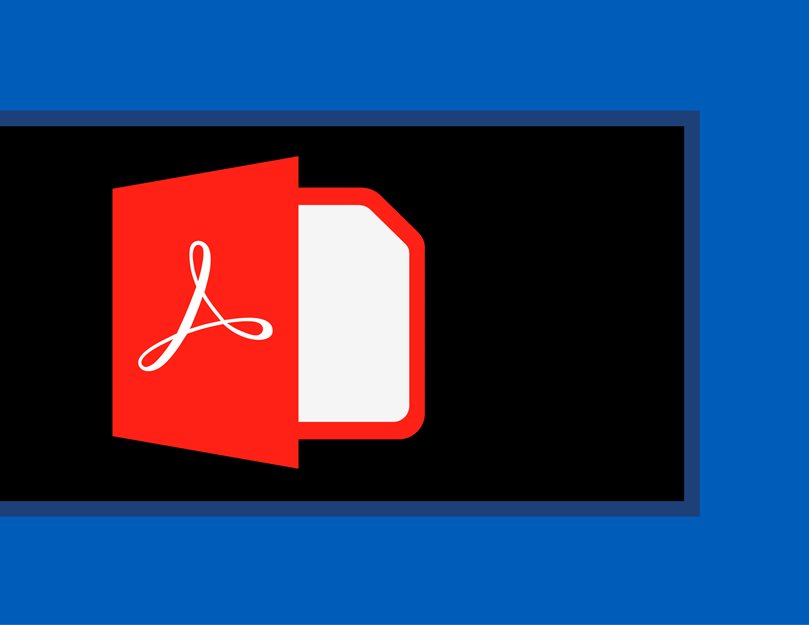
A Guide to Regulatory Future-proofing for the Construction Industry
Regulations affect everyone involved in large capital projects: owners who need to determine the effects of a particular change to their assets, designers who need to assess how a change will impact design requirements, and contractors who need to assess potential effects on construction processes and schedules. In a survey of owners and contractors, 75% of respondents felt it has become harder to deal with regulations over the last 10 years. Respondents also estimated that about 20% to 40% of the total capital investment in their project portfolio faced uncertainties due to regulatory changes. Taking a more proactive approach to address a regulatory change, meaning starting as early as possible in the regulatory process, will enhance a company’s ability to minimize risks and capitalize on opportunities. This guide presents a regulatory future-proofing framework that outlines the key actions and good practices to proactively identify, evaluate, and respond to the potential impacts of a regulatory change on a large capital project no matter where it is in the project lifecycle. By providing a detailed process map, comprehensive set of key actions, and good practices for implementation, this guide serves as a reference for individuals and companies who wish to improve current practices.
Regulatory future-proofing is a process by which regulated entities can anticipate future regulatory actions and take proactive steps to minimize risks and maximize opportunities created by those regulatory changes, and in so doing capture value. This process involves gathering data, weeding out irrelevant information, routing critical details to the appropriate teams for analysis, determining the best course of action to avoid potential impacts or capitalize on opportunities, and mobilize the organization in a timely manner to implement that response. In practice, regulatory future-proofing delivers real-time accountability and transparency across an organizational structure to facilitate more effective information sharing, better decision making, and more nimble responses.
A company’s ability to minimize risk or maximize opportunity effectively in the face of a regulatory change can create value by avoiding unforeseen costs, allocating resources more efficiently, or gaining first mover advantages. Capturing this value, in turn, hinges on the people and processes that are in place. This guide aims to assist individuals or companies wishing to improve their ability to anticipate and adapt to regulatory changes by offering a framework against which current processes and practices can be compared. Effectively dealing with regulations requires a well-coordinated team effort and necessitates proactive participation by everyone either directly or indirectly affected by a regulatory change. By evaluating current practices and processes against those presented in this guide, companies will be able to pinpoint areas for improvement that will enable more proactive responses.
Figure 1. Essential Knowledge for Future Proofing
- Regulatory horizon scanning
- Stakeholder engagement
- Risk and opportunity assessment
- Response strategy development
- Compliance implementation
Figure 2. Sub-Process of the Process Map for Future Proofing
Regulatory horizon scanning
- Be proactive in identifying regulatory changes.
- Allocate resources to horizon scanning.
- Develop mechanisms to navigate and manage information.
- Engage all relevant stakeholders early and often.
- Involve the right people at the right time.
- Bring the right data and mindset to the conversation.
- Start risk and opportunity assessment as early as possible in the pre-rulemaking stage.
- Involve diverse multi-function teams at the different stages of risk analysis.
- Disseminate and communicate regulatory risks and impacts internally.
- Integrate regulatory risk analysis with both corporate and project risk assessment processes.
- Follow an adaptive process.
- Start the final response strategy early.
- Develop the response strategy based on clearly defined guiding principles and key considerations.
- Maintain a balance between the no-regrets and wait-and-see approaches.
- Assemble a diverse and experienced team.
- Embed regulatory adaptation into the project development process.
- Establish effective communications among stakeholders at different levels.
- Continuously monitor compliance.
- The earlier each adaptation stage starts, the more proactive the overall process will be in the long run.
- Managing regulatory changes requires a portfolio of flexible resources.
- Robust communication links with all relevant parties are key.
- Continuously evaluate current practices and review key actions to “mature” the overall process.
The final report discusses the importance of each thematic area, as well as its common struggles and plausible implementation actions.
RT-PUI-01 designed a Future-proofing Guide to assist any company that wishes to improve its practices, no matter where it sits on the spectrum, or any individual who wants to improve specific practices or just seeks a better understanding of the regulatory process, no matter where that person sits in an organization.
The Future-proofing Guide is organized into two main parts:
- The Regulatory Future-proofing Framework and Process Map outlines how companies generally identify and adapt to regulatory changes (i.e., “the process”). A general overview of the Future-proofing Framework is accompanied by a visualization of the process (the Process Map). Each step is then described in more detail, offering a set of key actions for each stage to provide the “know-how” for effective regulatory future-proofing. Real-life examples are provided where appropriate.
- Good Practices for Implementation presents four overarching implementation areas for companies to consider when assessing their own practices and seeking process improvements for better regulatory adaptation.
To better understand the overall future-proofing process:
- Start with the Future-proofing Framework Background section and the description of the Process Map.
- In the sections that describe each sub-process, concentrate on the first two sections (detailing “challenges” and “who does and when”)
- Consider who in your company currently conducts each phase of the future-proofing process, how the information flows, and your role in supporting the effort.
To improve a company’s overall system:
-
Use the process map to identify who, when, and how each phase of the future-proofing process is currently conducted.
- Consult the Good Practices for Implementation section for ideas to make the overall process work better.
- Consider which phases of the future-proofing process or good practices are missing or could be improved.
To improve specific practices:
- Concentrate on the “key actions” call-out boxes and descriptions in the Future-proofing Framework section.
- Consult the Good Practices for Implementation section.



